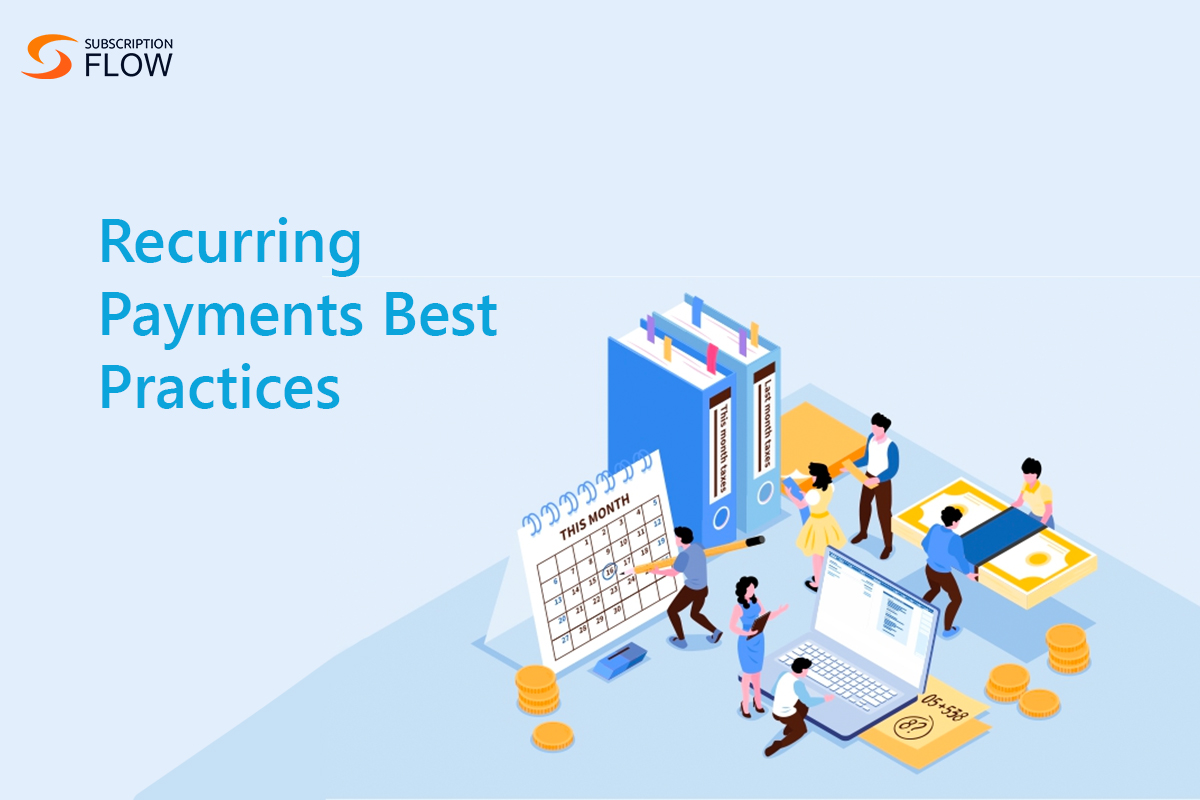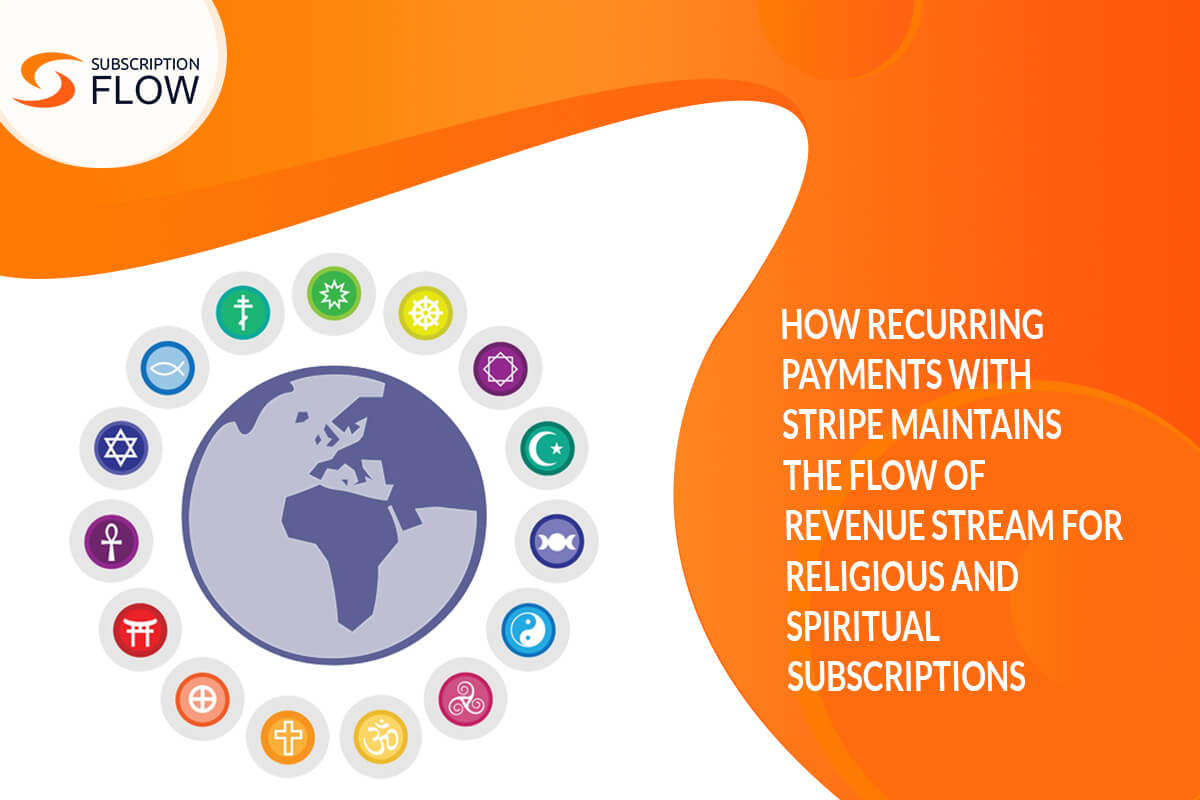
Best Practices for Accepting Recurring Payments with SubscriptionFlow
Did you know that the secret sauce to most business’s success is not in tapping into new markets but being able to retain those new markets and, in doing so, developing a reliable stream of recurring revenue? This is why subscription-based businesses have taken the world by storm in today’s times because they ensure that they do not run out of cash as their entire business model is predicated on the understanding of these businesses wishing to have a consistently reliable stream of subscribers that keeps paying a fixed amount of money at every interval so that business never runs out of cash.
In this blog, while keeping this context in mind, we will be first looking at what exactly recurring payments are, the diverse ways in which business now collect recurring payments, before seeing recurring payments best practices for your business (whatever it may be). Afterwards, we will also look at how SubscriptionFlow offers a lot of the best practices for collecting recurring payments and how you can leverage this robust software to implement all these best practices for accepting recurring payments.
Read more: Recurring Payments for Small Businesses in the Digital Media Industry
What are Recurring Payments?
Recurring payments are any set of payments that are routinely and automatically deducted from a customer’s bank account or credit card. Online retailers usually use card-on-file transactions for recurring payments, which means that they will keep the cardholder’s payment information on file with permission to access the outstanding balance. Although the idea of recurring payments is not new, there are now a lot more uses for it among merchants across all sectors.
The Two Most Basic Types of Recurring Payments
Recurring payments can easily be divided into two broader types (of which there are further subcategories as well but since they are beyond the scope of this blog, we will not delive too deep into that). These two types are as follows:
1. Fixed or periodic recurring payments
Customers are always charged the same amount when they make fixed or regular payments. Magazine subscriptions and gym memberships are a couple of examples of recurrent payments.
2. Variable or irregular payments
The amount charged for variable or irregular recurring payments may vary depending on how the consumer uses the product or service. Monthly variations in power and other utility bills are contingent upon use.
Why Subscription Billing is the Future of Recurring Payments for the Digital World?
These days, subscriptions are very common. While newspaper and magazine subscription payments may have been the first, some of the most widely used digital subscriptions today are access subscriptions like Amazon Prime, video streaming services like Netflix, and music streaming platforms like Spotify. Other subscription models, like food service subscriptions and others, have also become more popular (with monthly boxes that are distributed to clients being one example of this). Many businesses are implementing the recurring payment model for their offers as these services gain popularity and become more integrated into consumers’ daily lives.
And due to the following reasons subscription billing has now become the way of the future for managing recurring payments in the digital world:
- Develops a devoted client base because they appreciate the convenience and worth of having access to a service or product whenever they need it, customers who subscribe to it are more likely to stay with it for an extended period of time. As a result, the client lifetime value rises and turnover is decreased.
- Improves cash flow and revenue because with subscription billing, companies are able to forecast their revenue more precisely because they are aware of the monthly or annual revenue that they will collect from their clients. They can invest in growth and budget more effectively as a result. The price of bringing on new clients is likewise decreased by subscription billing.
- Enhances client happiness and experience. Subscription billing allows customers to avoid worrying about missing payments because payments are automatically made at the conclusion of each billing cycle. They feel more valued and appreciated by the company and save time and hassle as a result. Customers that use subscription billing can also take advantage of additional services and perks, such as free access to the most recent updates and upgrades.
Read more: BigCommerce & Recurring Payments Revolutionizing the eCommerce Business Market
How SubscriptionFlow Can Help Implement Recurring Payments Best Practices for Your Business?
Now, that is where SubscriptionFlow comes in. It is a robust subscription management software that helps manage all its clients’ subscription management needs. You can save time, money, and frustration with the aid of SubscriptionFlow as the software increases client loyalty and satisfaction using its features of assessing key insights from your business’s performance. It can assist you in growing your business and putting best practices for accepting recurring payments into practice by doing the following tasks:
- Develop and oversee subscription programs with adjustable pricing structures, discounts, and billing schedules.
- Accept a variety of payment options, including credit cards, PayPal, Stripe, and more.
- Manage scenarios involving multiple currencies and taxes in various geographies around the world.
- Create and deliver expert invoices and receipts to your clients by email or text message.
- Track and keep an eye on your revenue, retention, churn, and other important indicators in real time.
- Decrease late payments and boost client retention by setting up automated reminders and notifications.
- Connect your current platforms and tools—such as marketing, accounting, CRM, and so on—with one another for effective and seamless integration of applications within your business’s workflow.
Book a demo with SubscriptionFlow now to effectively implement a recurring payment collecting model for your business!










